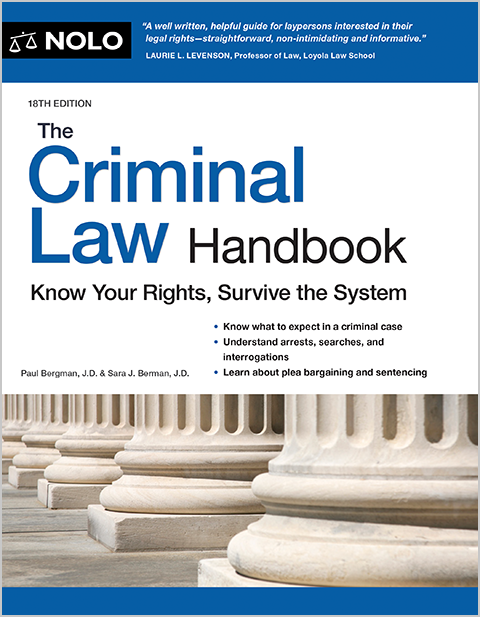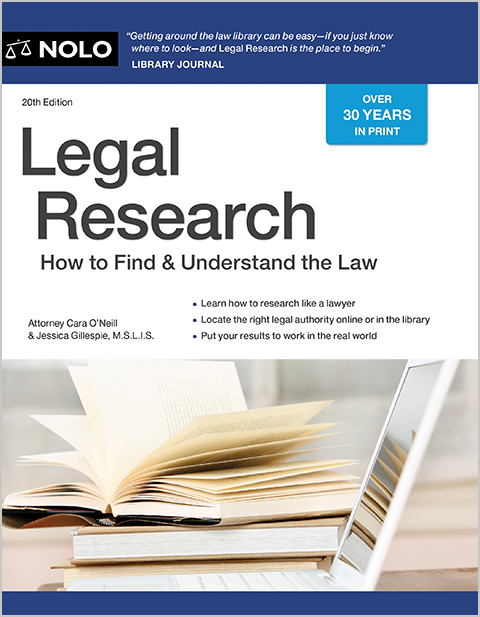It's all about what's reasonable under the circumstances.
The amount of force that police officers can use when making an arrest has always been controversial and challenging. Police officers place themselves in harm's way to enforce laws and protect public safety. To do their jobs, they're empowered to use reasonable force against suspects who threaten harm or resist. But studies often show that officers disproportionally use force against persons of color, persons with mental illnesses, and other marginalized populations. This issue got thrust into the spotlight once again following the tragic deaths of George Floyd, Breonna Taylor, and Elijah McClain. Learn how the law defines "use of force" and when it crosses the line from reasonable to excessive.
How Much Force Can Police Use When Making an Arrest?
Police officers are generally allowed to use reasonable force to take a person into custody. Courts decide whether an officer's use of force was reasonable on a case-by-case basis, taking into account:
- the severity of the crime
- whether the suspect posed a threat to the officer or others, and
- whether the suspect was resisting or attempting to flee.
(Graham v. Connor, 490 U.S. 386 (1989).) This analysis focuses on how a reasonable officer would have reacted under similar circumstances and not with the benefit of 20/20 hindsight. This perspective takes into account an officer's need to make split-second decisions and adjust to rapidly evolving circumstances in a tense and potentially dangerous environment.
What Is Reasonable Use of Force by a Police Officer?
Generally speaking, police officers can use the amount of force necessary to bring an arrest incident under control and protect the safety of the officers and others. Another way of phrasing this standard is that the force must be proportional to the threat at hand.
For example, if a shoplifting suspect resists an officer by momentarily attempting to run away or giving a token push, the officer wouldn't be justified in hitting the suspect with a baton. But that officer might be justified in grabbing their arm. Now, say the situation involved a suspect accused of committing a violent felony who attempts to flee through a crowd. The severity of the suspect crime and the proximity to innocent bystanders would justify more force by the officer.
Every arrest situation will be different. Other factors that might come into play include:
- the number of officers versus the number of suspects
- the age, size, and strength of the suspect compared to the officer
- whether the suspect appears to be under the influence of alcohol or drugs
- whether the suspect appears to be having a mental crisis, and
- the proximately to innocent bystanders or potential weapons.
An officer's training and experience, as well as department policies, can also impact their decisions regarding use of force.
When Can Police Use Deadly Force Against a Suspect?
The U.S. Supreme Court established that a police officer who has probable cause to believe a suspect poses a threat of serious harm to the officer or others may use deadly force to prevent escape. (Tennessee v. Garner, 471 U.S. 1 (1985).) This might happen, for instance, if the suspect threatens the officer with a gun.
The Court, however, indicated that officers should issue warnings when possible. It also held that deadly force is unjustified when the suspect poses no immediate threat to the officer and no threat to others. An officer can't use deadly force when the only threat of harm is to property.
Defining Lethal and Non-Lethal Use of Force
Police department policies often determine what types of force officers may use and when. Some policies refer to a continuum or spectrum of force. Others specify "less-lethal or non-deadly force" and "lethal or deadly force."
Lethal or deadly force is any use of force that creates a serious risk of death or serious bodily harm. Shooting at a suspect is the most common example of deadly force. Other types of deadly force can include chokeholds, prolonged use of Tasers or stun guns, and repeated strikes or blows.
Less-lethal or non-deadly force refers to all other types of physical effort to control, restrain, or overcome a suspect's resistance. Examples include arm holds, manual restraints, manual takedown moves, bodyweight force, pepper spray, Tasers, stun guns, and impact projectiles.
Many department policies also identify de-escalation tactics that officers may use when appropriate. De-escalation tactics can help reduce the need for force or the level of force. Speaking calmly, establishing trust and rapport, and repositioning one's body or physical location are examples of techniques that may stabilize the situation and reduce the immediate threat of harm.
What Types of Force Cannot Be Used by Police?
Following the death of George Floyd, many departments and state legislatures started prohibiting or restricting the use of chokeholds and carotid restraints, which are maneuvers designed to restrict a suspect's breathing or blood circulation to incapacitate them. If permitted, most states limit their use to situations where deadly force would be justified. Other types of force that are commonly prohibited or restricted include firing warning shots and shooting at or from a moving vehicle.
What Is Excessive Use of Force?
When a police officer uses more force than is reasonable in a situation, the conduct amounts to excessive force. Shooting at or hitting vandals with a baton would be an example of excessive use of force. These potentially lethal responses are not proportionate to a property crime that doesn't involve any threat to the officer or public safety. Another example of unreasonable or excessive force would be hitting a suspect who curses at an officer if there's no danger to the officer.
Not all excessive force claims are this simple, though. The facts are often complicated, and the two sides' versions don't always line up. A judge or jury might need to make the call on the reasonableness of an officer's response.
Officers who are accused of excessive force might face professional discipline, criminal charges, or civil rights lawsuits. Examples of criminal charges include assault, battery, manslaughter, or murder. Some states make it a felony for an officer to illegally use a chokehold or carotid restraint.
Getting Legal Help
Talk to a lawyer who specializes in personal injury or civil rights claims if you believe an officer used excessive force against you. A lawyer can help you assess the situation and what steps to take, from filing a complaint with the police department to filing a lawsuit.
Officers facing disciplinary action or civil lawsuits should also seek out legal counsel to help defend against these claims. If criminal charges are filed, talk to a criminal defense lawyer.

